
You’ve had rough days. Now, imagine this: waking up before the sun rises, laboring until exhaustion, and still finding the will to survive. These aren’t just stories in textbooks. This is the lived reality of millions of enslaved people in the American South before the Civil War—real people, real suffering, and unimaginable strength woven into everyday life. Here’s what their lives truly looked like.
No Pause Between Darkness And Labor

Before daylight crept over the fields, enslaved people were already at work. The pace was set by overseers, not by exhaustion. Harvest season stretched the day into near-total darkness. Meals were fast, often eaten cold, and standing. Bodies broke down, but there was no stopping—only pushing through.
Constant Surveillance Meant No Safety
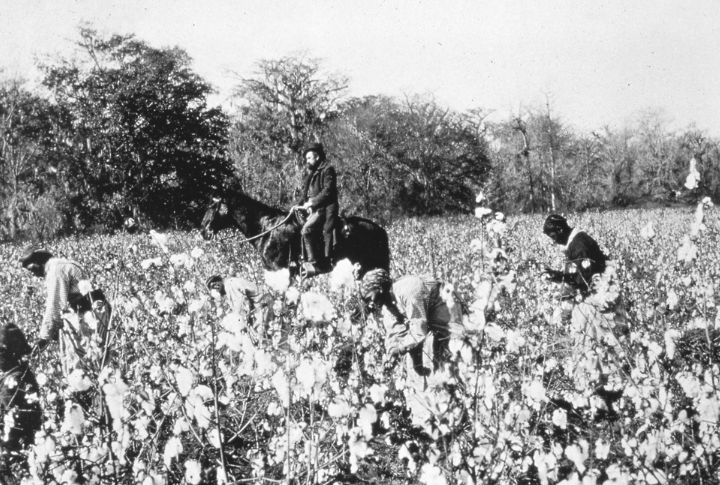
Horseback overseers circled like hawks, watching for faltering limbs or slowed hands. A missed row or moment of rest could trigger violence. Punishments varied, but terror was constant. Discipline was no longer a form of correction—it was a spectacle meant to break the spirit and enforce obedience through fear.
Literacy Was A Threat, Not A Right

Southern states passed laws forbidding reading instruction for enslaved people. The ability to read was equated with rebellion. Still, many risked their safety by secretly learning from hymnals, stolen scraps, or sympathetic outsiders. For some, a few words became lifelines to dignity and silent resistance.
Families Torn In Public Sales
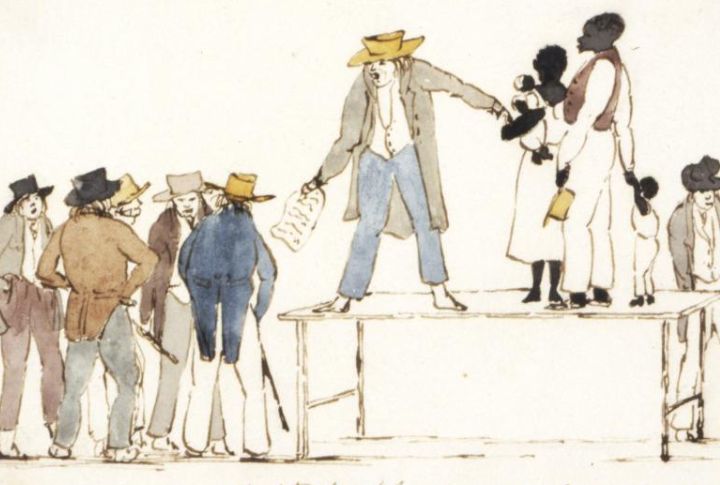
Markets trade people along with goods. They brutally dismantled families. Children clung to their mothers, couples begged to stay together, and spectators watched with detachment. No legal document protected those bonds. A single transaction could unravel years of connection, leaving parents without children and siblings with only memories.
Cabins Were Barely Livable
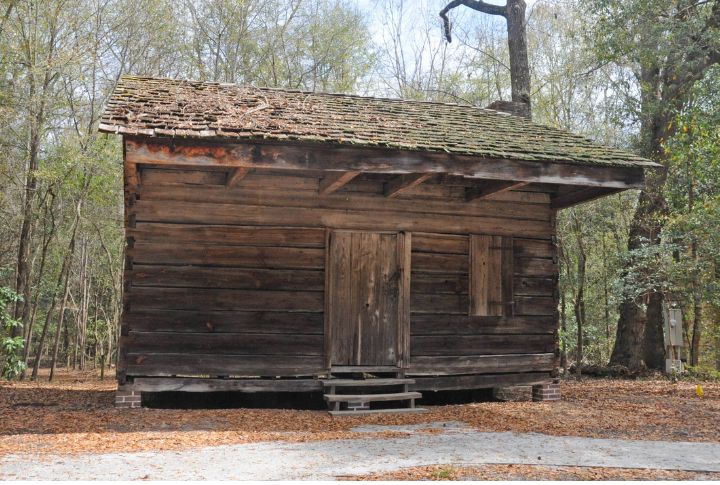
Many lived in one-room shelters with dirt floors and little ventilation. These makeshift homes offered no relief from rain, cold, or heat. Often shared with multiple families, they lacked basic sanitation. Illness spread easily, and rest was shallow, interrupted by discomfort and overcrowding.
Rations Couldn’t Sustain A Body
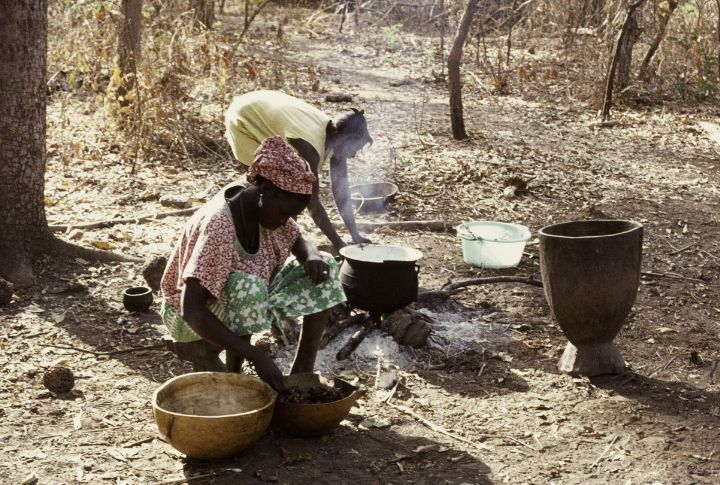
Cornmeal, lard, and molasses were staples—cheap, dense, and nutritionally barren. Meat was a luxury. Some risked stealing or trapping small animals, growing secret gardens, or bartering just to keep themselves and their children fed. For many people, malnutrition was an everyday battle.
Faith Carried In Whispers
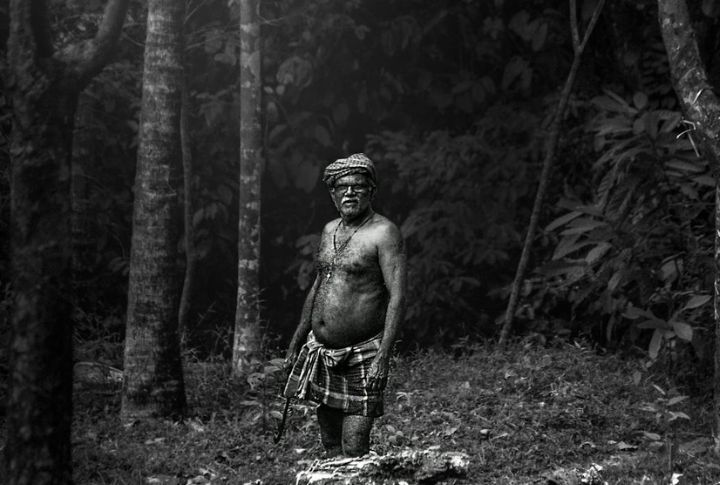
Forbidden from gathering openly, enslaved people created hidden spaces in forests or fields for spiritual practice. These “hush harbors” pulsed with whispered prayers and spirituals. The stories of Moses and deliverance offered coded hope shared quietly among those who still dreamed of liberation.
Reproductive Control Was Stolen
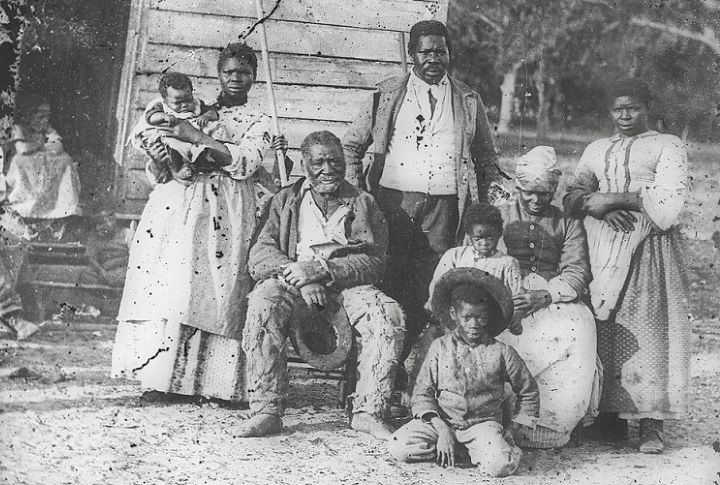
Enslaved women were often forced into pregnancy, sometimes by owners seeking to increase their labor force. Consent wasn’t acknowledged. Children born this way were considered assets, and the women were reduced to breeding stock. Their grief and trauma were folded into daily survival.
Sabotage Was Survival

Resistance often wore quiet disguises: dulling tools, walking slowly, or pretending not to understand. These acts might seem small, but they chipped away at control. Some escaped, some spread forbidden knowledge, and others simply refused to give in. Defiance lived in the details.
Escape Was A Gamble On Survival

Fleeing slavery meant braving dogs, bounty hunters, and unknown terrain. Routes north were treacherous. Even with help, success was rare. Still, people ran. They risked cold, starvation, and capture—because staying meant never seeing your child grow up free, and leaving was the only chance.
Bodies Measured Like Merchandise
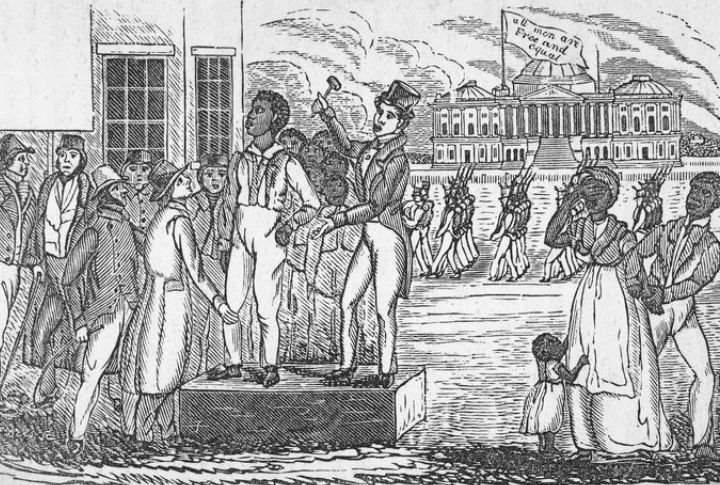
At auction, buyers inspected people’s teeth, hands, and backs. Strength was estimated like livestock. Scars from previous whippings were noted—sometimes seen as signs of disobedience. Bidding reduced lives to numbers, while relatives were pulled apart and sold without a backward glance.
Clothing Offered No Protection
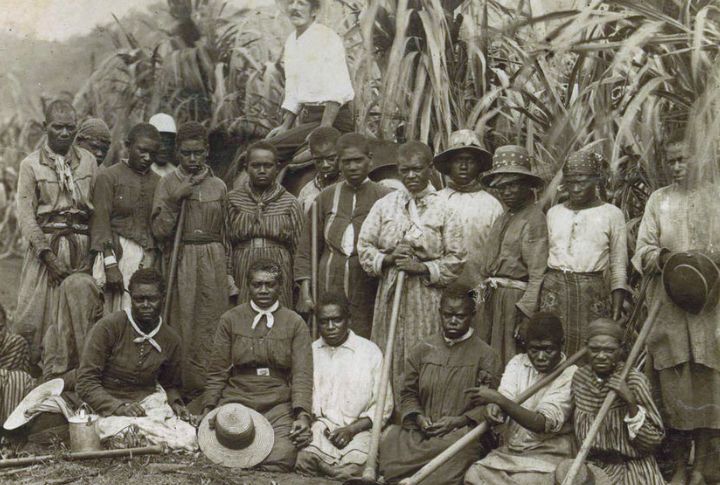
Issued a single outfit per year, many wore threadbare garments through seasons of frost and blistering heat. Moreover, the fabric itched or tore, and washing was infrequent. Footwear, if provided, rarely fit and was saved for tasks deemed “worth the effort” by owners.
Love Carried No Legal Weight
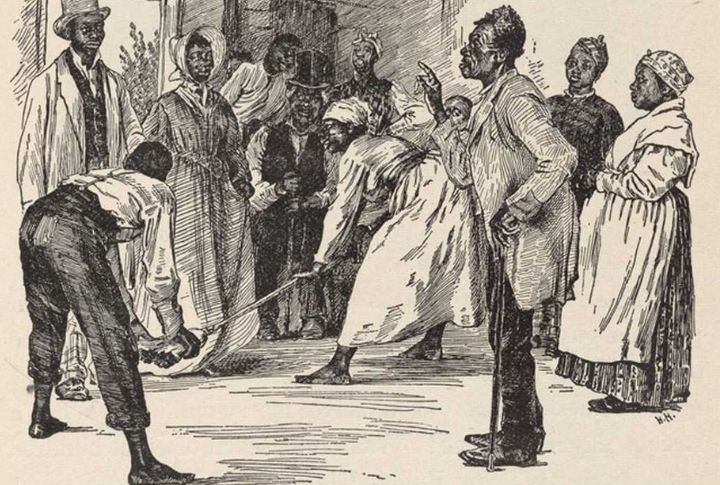
Couples married in secret, sometimes jumping the broom to symbolize commitment. But enslavers didn’t recognize these unions. They could separate partners at any time, sending one to a different plantation. The emotional toll of constant uncertainty weighed on families already stretched to breaking.
Names Taken, Identities Erased
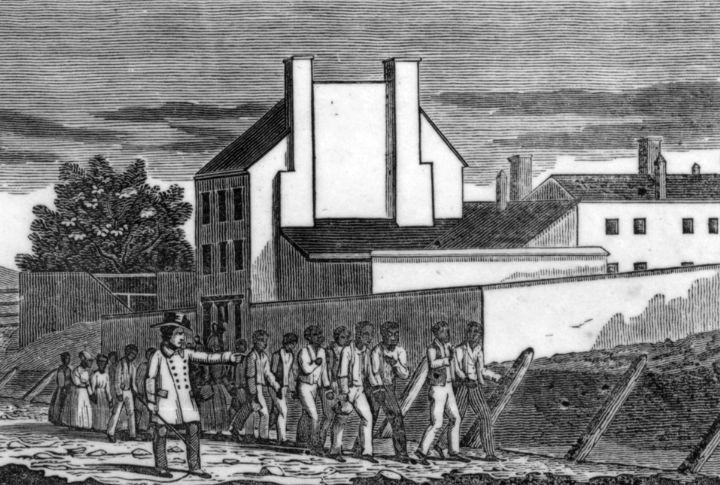
Many people were renamed by enslavers—stripped of birth names, languages, and ties to heritage. Some were referred to only by numbers. Legal documents also treated people as property, listed in wills and inventories. Reclaiming even a piece of identity became an act of rebellion.
Healing Came Through Ancestral Knowledge
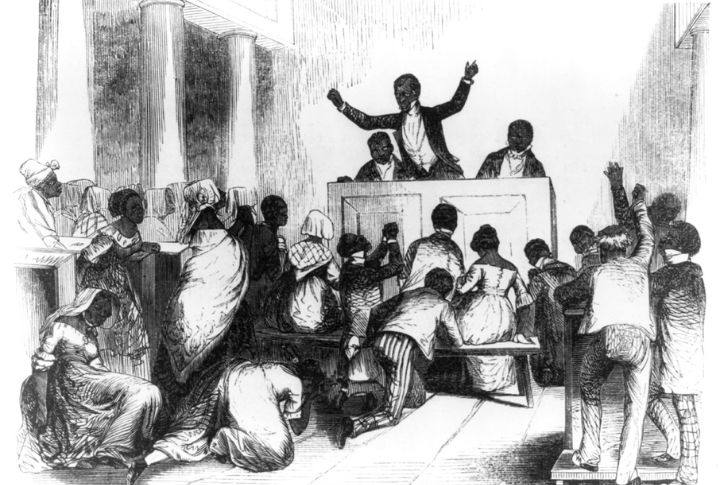
Denied formal care, most of them turned to community healers—often older women—who used herbs, poultices, and spiritual practices rooted in African traditions. These remedies were passed down orally and treated everything from fevers to injuries. They were the only form of relief when doctors refused to help.
No Time Allowed For Childhood

Young children worked as early as four. Tasks started small—fanning flies, fetching water—but quickly became labor-intensive. There was no buffer between infancy and labor. Any sense of innocence was swept away by responsibility, danger, and the ever-present weight of adult fear.
Crafts That Preserved Memory

Quilts and baskets carried hidden messages and cultural memories. Patterns passed down through generations told stories or offered direction to freedom. These objects were not just creative items. They were how people kept records of where they came from and who they were trying to remain.
Power Imposed From Within

“Drivers” were enslaved people who were ordered to enforce discipline. They walked a tightrope—punish others and be labeled a traitor, or refuse and face violence themselves. Some softened orders in secret, while others complied fully. Either way, it fractured trust within already fragile communities.
Punishment Used To Terrorize
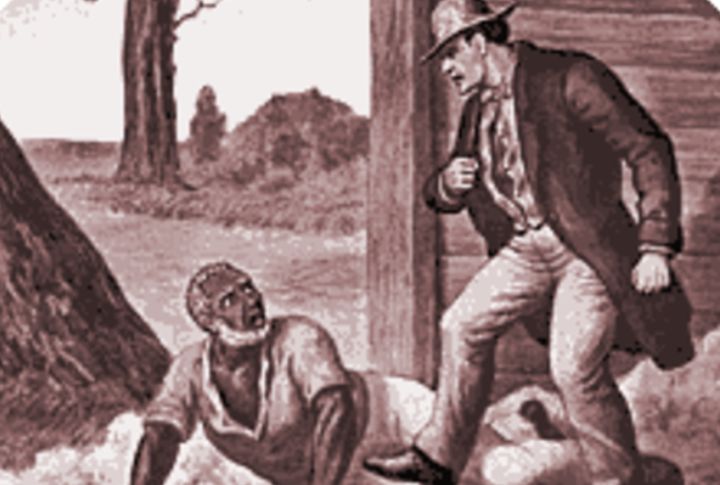
Beatings weren’t just private corrections. Many sessions were carried out publicly, sometimes in front of kids. The spectacle reinforced fear and broke solidarity. It was a calculated display—meant to show not only what could happen but how helpless others were to stop it.
Songs Were Shields And Signals
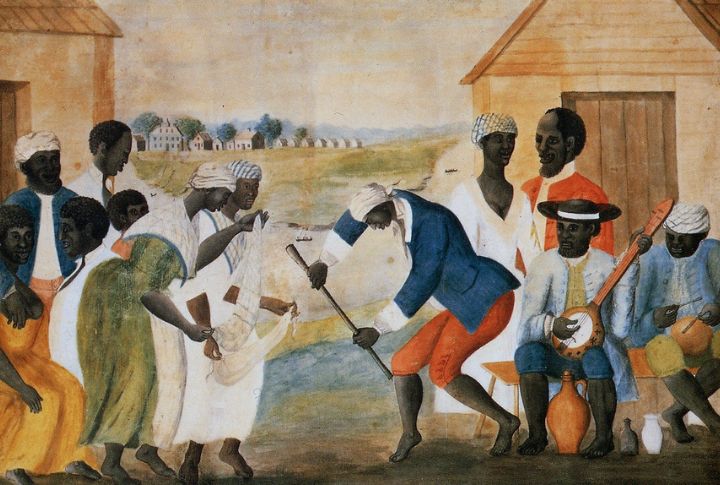
A chorus could carry more than harmony—it carried coded resistance. Work songs masked messages about escape. Lyrics hid routes or warnings. Singing also helped people coordinate movement, stay alert, and feel less alone. Those melodies anchored the spirit when words could get you punished.

